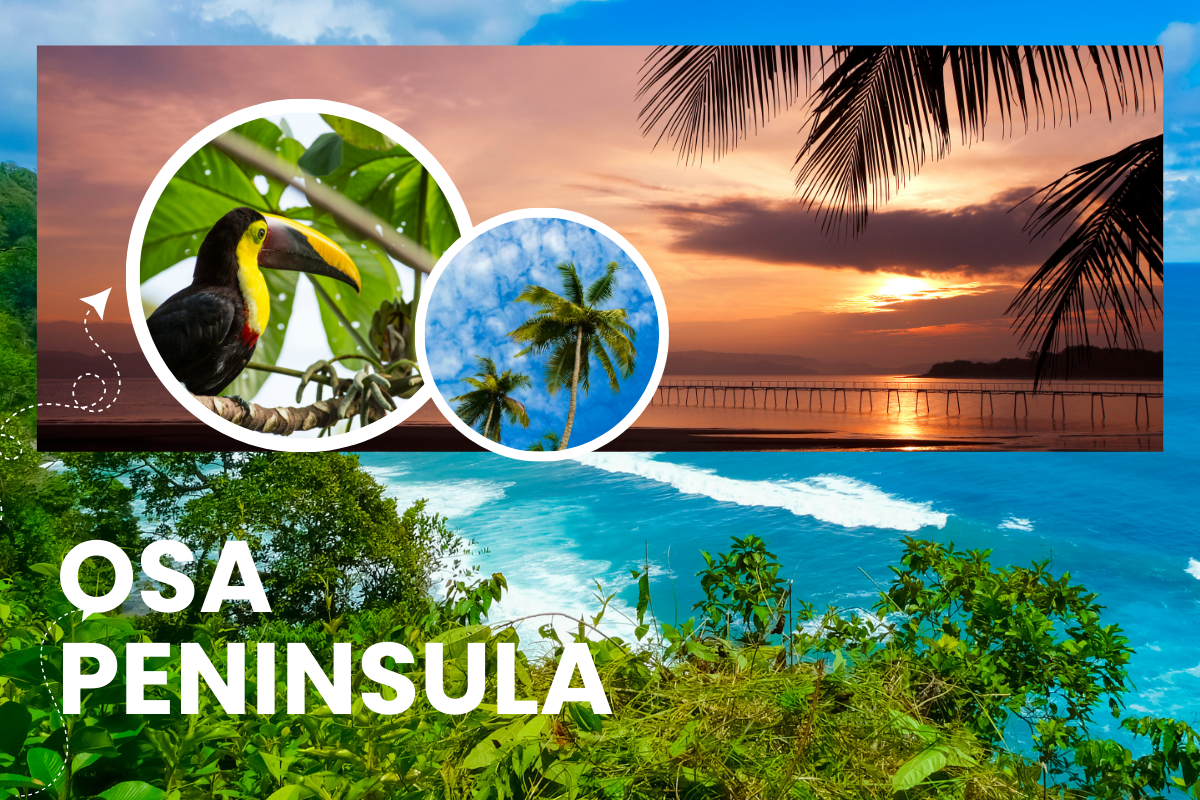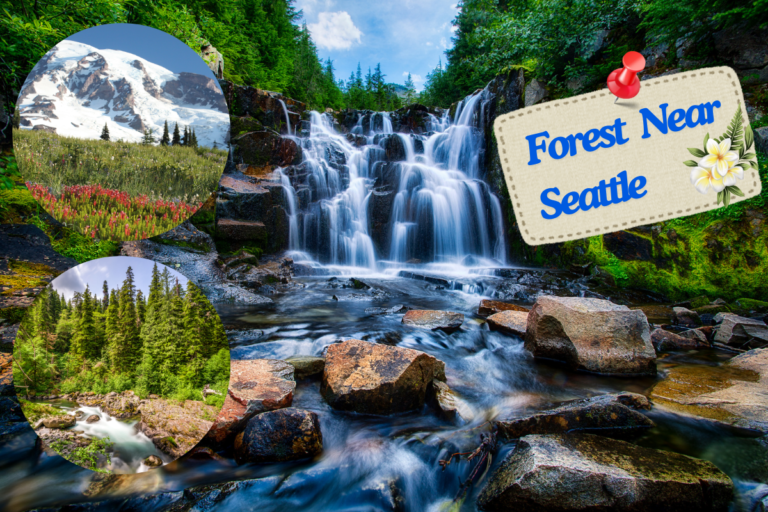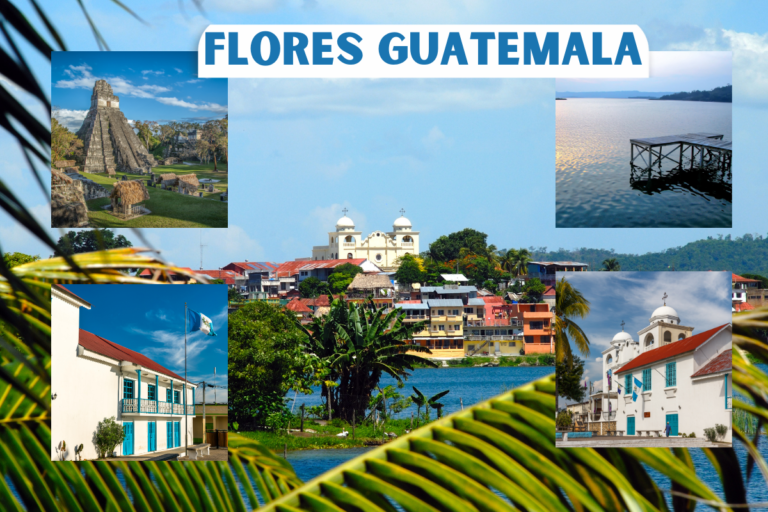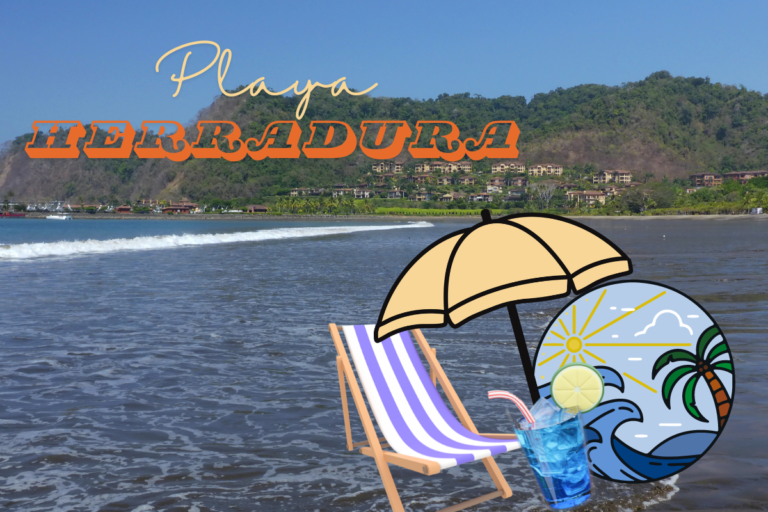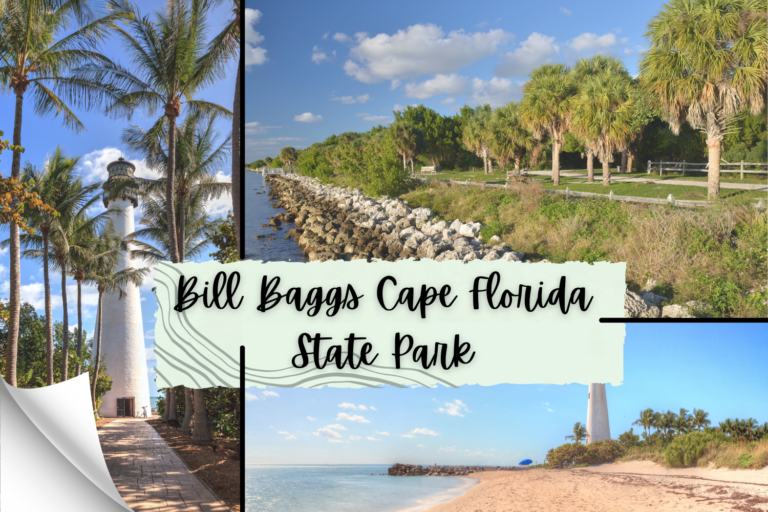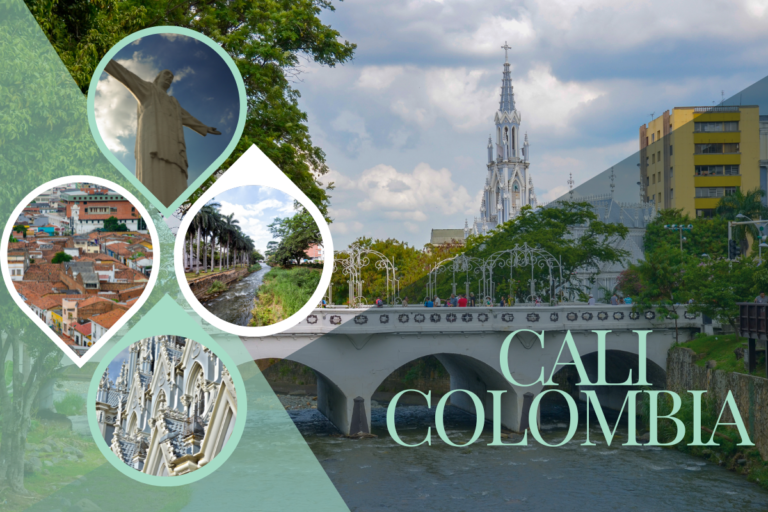The Osa Peninsula: 15 Must-Do Thrilling Adventures
Looking for an exciting adventure where nature surprises you at every turn? Then you must check out Costa Rica’s Osa Peninsula! Here, wild jungles meet clear blue waters, making a beautiful place perfect for both thrill-seekers and those looking to relax.
Whether you want to hike secret trails, paddle through calm mangrove waters, or relax on quiet, untouched beaches, the Osa Peninsula is your perfect escape into nature’s beauty.
It’s time to pack your bags and discover the wild beauty of the Osa Peninsula for your next adventure. Dive into this unique paradise and let the magic of the Osa Peninsula captivate your heart.
This article covers the Osa Peninsula’s location, optimal visiting times, must-do adventures, nearby accommodations, top restaurants, travel tips, and suggested itineraries.
Key Location
Osa Peninsula is nestled in the southwestern corner of Costa Rica, known as a clean and untouched paradise. It is one of the most biodiverse places on Earth.
It is surrounded by beautiful lush rainforests and the blue waters of the Pacific Ocean. The Osa Peninsula is a haven for nature lovers, adventurers, and anyone looking to escape into the wild.
Best Time to Visit
The Osa Peninsula has a tropical climate with a wet and dry season. The best time to visit depends on what you like and want to do:
– Dry Season (December to April): The dry season is perfect for outdoor activities like hiking, diving, and seeing wildlife. The weather is warm and sunny, which makes it a popular time for tourists.
– Wet Season (May to November): The wet season brings lush greenery and fewer tourists. While some activities might be limited because of the rain, it’s a great time for bird watching and enjoying the rainforest in all its beauty.
A Biodiversity Hotspot
The Osa Peninsula is known as the “crown jewel” of Costa Rica because of its incredible biodiversity. You can visit Corcovado National Park, which is one of the largest and most diverse parks in Central America. It supports an amazing variety of plants and animals.
This remote and wild area is a favourite for researchers and conservationists working to protect its unique ecosystems.
15 Must-Do Adventures on the Osa Peninsula
1. Explore Corcovado National Park
Corcovado National Park is the main attraction of the Osa Peninsula, famous for its vast variety of plants and animals. If you are a nature enthusiast, you can enjoy many activities in the park:
– Hiking: For hiking lovers, you can explore the park’s many trails, like Sirena Station and La Leona. These paths give you the chance to see lots of animals, like monkeys, tapirs, and colourful birds.
– Wildlife Watching: You can take guided tours with expert naturalists who can help you find rare animals like jaguars, pumas, and the endangered Baird’s tapir.
– Bird Watching: With over 400 types of birds, including the beautiful scarlet macaw, Corcovado is a paradise for birdwatchers.
2. Whale Watching in Drake Bay
Drake Bay is a great place to see humpback whales, especially during their migration seasons from July to October and December to March. You can also see dolphins and other marine animals.
– Boat Tours: You can take a guided boat tour to get the best chance to see whales and dolphins up close. Experienced guides will share interesting information about marine life.
– Snorkeling and Diving: make sure to explore the underwater world of Drake Bay and nearby Caño Island Biological Reserve, famous for its clear waters and many different marine species.
3. Visit Caño Island Biological Reserve
Caño Island is about 16 kilometres from the Osa Peninsula. It’s a marine sanctuary that’s great for snorkelling and diving.
– Snorkeling: You can see bright coral reefs full of tropical fish, sea turtles, and rays.
– Diving: Experienced divers can go into deeper waters and see bigger animals like sharks and manta rays.
– Archaeological Sites: The island also has ancient artefacts, giving you a look into the region’s history before Columbus.
4. Adventure Activities in Puerto Jiménez
Puerto Jiménez is the main town on the Osa Peninsula and a centre for many outdoor activities.
– Sport Fishing: You can try sport fishing in the rich waters of Golfo Dulce, where you can catch marlin, sailfish, and roosterfish.
– Kayaking: Paddle through the calm waters of Golfo Dulce, explore hidden coves and mangroves, and look for dolphins.
– Canopy Tours: Experience the rainforest from above with a thrilling zip-line canopy tour, offering stunning views and a chance to spot wildlife.
5. Relax on Playa Matapalo
Playa Matapalo is a lovely beach on the Osa Peninsula, great for relaxing and enjoying water activities.
– Surfing: The beach offers excellent waves for surfers of all levels.
– Beachcombing: You can stroll along the pristine shoreline, collecting shells and enjoying the serene atmosphere.
– Sunbathing: Relax on the golden sands and soak up the sun.
6. Explore the Mangroves of Sierpe
The Sierpe River has one of the biggest mangrove forests in Central America, giving you a special chance to explore this important ecosystem.
– Boat Tours: Take a guided boat tour through the mangroves to see different birds, reptiles, and other wildlife.
– Kayaking: Paddle through the mangrove channels to see the plants and animals up close in this special habitat.
7. Visit the Osa Wildlife Sanctuary
Near Puerto Jiménez, the Osa Wildlife Sanctuary works to rescue and care for local animals.
– Guided Tours: You can learn about how the sanctuary helps injured and orphaned animals. Meet animals like monkeys, sloths, and anteaters that live there.
– Volunteer Opportunities: For a deeper and better experience, you can try volunteering at the sanctuary to help with taking care of animals and conservation work.
8. Explore Cabo Matapalo
Cabo Matapalo, at the southern tip of the Osa Peninsula, is a quiet spot famous for its amazing natural beauty.
– Hiking: Explore trails through dense rainforests to find hidden waterfalls and great viewpoints.
– Surfing: The area has great surf spots for both beginners and experienced surfers.
– Yoga Retreats: Participate in a yoga retreat to relax and rejuvenate in a tranquil natural setting.
9. Bird Watching in Dos Brazos de Rio Tigre
Dos Brazos de Rio Tigre is a small community close to Corcovado National Park, where you can enjoy great bird-watching.
– Guided Bird-Watching Tours: Join local guides who can help you find and identify different birds, like toucans, trogons, and tanagers.
– Community Tours: You can also learn about how the people of Dos Brazos live and their sustainable practices.
10. Discover the Golfo Dulce
Golfo Dulce is a big bay on the east side of the Osa Peninsula, famous for its calm waters and diverse marine life.
– Dolphin Watching: Take a boat tour to see the dolphins that live in the gulf all year long.
– Kayaking and Paddleboarding: Explore the tranquil waters and mangrove forests by kayak or paddleboard.
– Snorkeling: Explore underwater places full of marine life, like colourful fish and coral reefs.
11. Experience Night Tours
The Osa Peninsula changes into a different world at night, giving unique experiences for those who explore after dark.
– Night Walks in Corcovado: You can try a guided night tour in Corcovado National Park to see animals that come out at night, like kinkajous, owls, and bats. It’s also a great time to spot frogs and other amphibians.
– Bioluminescent Tours: At certain times of the year, the waters around the Osa Peninsula glow with bioluminescence. Kayaking or taking a boat tour lets you see this magical light show created by marine organisms.
12. Horseback Riding
Explore the beautiful landscapes of the Osa Peninsula on horseback. It’s a peaceful way to enjoy the region’s natural beauty.
– Beach Rides: Enjoy a relaxing ride along the clean beaches, feeling the ocean breeze and taking in the beautiful coastal views.
– Jungle Rides: Ride through the rainforest on horseback with local guides who will tell you about the plants and animals you see.
13. Visit the Butterfly and Orchid Gardens
Here you can see the bright and delicate plants and animals of the Osa Peninsula in special gardens.
– Butterfly Gardens: Travellers can learn about how butterflies grow and see different kinds up close in a special setting.
– Orchid Gardens: Explore gardens that focus on conserving and showing orchids, where you can see rare and beautiful flowers in their natural setting.
14. Cultural Experiences with Indigenous Communities
To make your trip worth it, you can learn about the indigenous cultures of the Osa Peninsula to understand the region’s history and traditions better.
– Boruca Community Visits: Visit the Boruca people and learn about their traditional crafts, like making detailed masks and weaving.
– Cultural Tours: Join tours that show you the daily lives, traditions, and eco-friendly practices of local indigenous communities.
15. Chocolate Tours
Explore Costa Rican chocolate by taking a tour of a local cacao farm.
– Cacao Farm Tours: Here you can learn how cacao is grown and harvested, and see how it turns into chocolate. Enjoy tasting freshly made chocolate and other cacao products.
– Hands-On Workshops: You can also join workshops where you can make your own chocolate, from beans to bars, with help from expert chocolatiers.
Close-by Retreats
| Accommodation | Distance from Osa Peninsula | Speciality |
| Osa Jungle Lodge | 24.4 km | Nearby Rainforest |
| Cabinas Jiménez | 20.5 km | Cabins and free kayaks and located directly on the Golfo Dulce |
| Danta Corcovado Lodge | 20.4 km | Bungalow, Standard Room and near Corcovado National Park |
| Agua Dulce Beach Resort | 26.3 km | Beachfront, Restaurant and Pool |
| Botanika Osa Peninsula, Curio Collection by Hilton | 21.9 km | Resort, Fitness Centre, Spa and Nearby Beach |
| Casa Bambu | 38.6 | Beach Resort |
| Finca Exótica | 62.6 km | Shows a perfect blend of beach and rainforest |
| El Remanso Lodge | 41.3 km | Dining |
Eco-Lodges
If you’re looking to escape to beautiful, untouched nature and enjoy a peaceful retreat away from crowded tourist areas, eco-lodges are ideal for you.
Eco-lodges are popular on the Osa Peninsula because they are environmentally friendly. They use renewable energy, organic farming, and water-saving methods to reduce their impact on nature. Here are two nearby Eco-Lodges:
– Lapa Rios: Lapa Rios is a famous eco-lodge on a private nature reserve in the Osa Peninsula. It provides comfortable accommodations and helps protect the environment with eco-friendly practices.
– El Remanso Lodge: El Remanso Lodge is another excellent eco-lodge that works hard to protect the environment. Its commitment to conservation and local communities makes it a top pick for eco-friendly travellers.
Bites & Sips Near Osa Peninsula
| Restaurants | Distance from Osa Peninsula | Speciality |
| Soda El Manglar | 14.4 km | Nearby Corcovado National Park. Serves traditional Costa Rican food |
| Café Cacao | 11.7 km | Specialises in chocolate-themed treats and local cuisine |
| Marisquería Corcovado | 21.0 km | Seafood restaurant in Puerto Jiménez |
| Burgers & Beer | 22.2 km | Burgers, seafood, and cold drinks |
| Drake Bay Pirates | 50.3 km | Serves seafood and local dishes with a view of the bay |
| La Perla del Sur | 48.1 km | Fresh seafood and local dishes |
| La Leona Restaurant | 64.8 km | Nearest to Corcovado National Park. specialises in traditional Costa Rican cuisine |
Smart Travel Tips
If you are planning a trip to the Osa Peninsula, here are some helpful tips to make your adventure better:
Getting There
The Osa Peninsula is accessible by both air and land. The most common routes include:
– By Air: The fastest way to get to the Osa Peninsula is by taking a domestic flight from San José to Puerto Jiménez or Drake Bay. Several local airlines run these flights, giving you beautiful views of Costa Rica along the way.
– By Land: If you prefer driving, it takes about 6-8 hours to get from San José to the Osa Peninsula. The trip has beautiful views but involves rough roads, so it’s best to use a 4×4 vehicle.
Local Transportation
Getting around the Osa Peninsula means using different local transportation options because the area is remote and has rough terrain. Here are some of the main ways to get around:
1. 4×4 Vehicles
– Car Rentals: Renting a 4×4 vehicle is highly recommended for exploring the Osa Peninsula. The roads can be rough, especially during the rainy season, so a sturdy vehicle is essential.
– Local Rentals: Several local rental agencies offer 4×4 vehicles, often with options for guided tours.
2. Public Buses
– Regional Buses: There are public buses that link larger towns like Puerto Jiménez, the main centre on the Osa Peninsula, with other parts of Costa Rica. Buses are cheap but don’t run very often and their schedules can change. So make sure to check their schedules before planning your day.
– Local Services: Inside the peninsula, local buses might connect smaller towns and popular spots, but they may not run very often.
3. Shuttle Services
– Private Shuttles: Private shuttles are available for a more comfortable and direct trip between key locations, including from airports or other areas to the Osa Peninsula.
– Shared Shuttles: Shared shuttles are another option for travellers who want to split the ride with others and save money.
4. Taxis
– Local Taxis: Taxis are available in Puerto Jiménez and other towns on the peninsula. They are handy for short trips or running local errands.
– Airport Transfers: Taxis can also be arranged for trips to and from the local airstrips.
5. Boat Transport
– Water Taxis: In some places, especially where roads are hard to reach, boat taxis and transfers are used to travel between coastal spots or to remote lodges.
– Tours: Many tours, like trips to the mangroves or nearby islands, include boat rides as part of the package.
6. Air Travel
– Domestic Flights: Small planes fly between San José and the Osa Peninsula, landing at local airstrips like Puerto Jiménez, Drake Bay, or Corcovado. This is a fast way to get there, but it might be expensive.
7. Bicycles and Motorbikes
– Bike Rentals: In some towns, you can rent bicycles or motorbikes to get around and explore.
– Guided Bike Tours: Some local operators offer guided bike tours through the peninsula’s beautiful areas.
Health and Safety
– Vaccinations: It’s a good idea to be up-to-date on regular vaccinations and think about getting shots for diseases like Hepatitis A and Typhoid. Talk to a travel health expert before your trip.
– Insect Protection: The Osa Peninsula’s rainforests have many insects, including mosquitoes. Use insect repellent, wear long sleeves and pants, and think about using mosquito nets while you sleep.
Adventure Plan
For anyone who is planning a short trip to Osa Peninsula, here is a 5-day itinerary:
Day 1: Arrival and Puerto Jiménez
– Morning: Arrive in Puerto Jiménez, the main entry point to the Osa Peninsula, and settle into your place to stay.
– Afternoon: Explore Puerto Jiménez by visiting local markets or relaxing at a nearby beach.
– Evening: Have a meal at a local restaurant and get ready for your upcoming adventures.
Day 2: Corcovado National Park
– Morning: Take a guided tour into Corcovado National Park. Pick a trail like Sirena Station or La Leona to see wildlife.
– Afternoon: Keep exploring the park and watch for monkeys, tapirs, and colourful birds.
– Evening: Return to Puerto Jiménez for dinner and relaxation.
Day 3: Caño Island
– Morning: Take a boat trip to Caño Island Biological Reserve and enjoy snorkelling in the clear waters.
– Afternoon: Explore the island’s beaches, have a picnic lunch, and visit archaeological sites if you have time.
– Evening: Go back to Puerto Jiménez and relax after your day of adventure.
Day 4: Drake Bay
– Morning: Travel to Drake Bay, famous for its clean beaches and whale-watching chances.
– Afternoon: Join a whale-watching tour or go snorkelling in the bay. You can also explore local trails or relax on the beach.
– Evening: Have dinner at a local place in Drake Bay and spend the night there.
Day 5: Sierpe and Departure
– Morning: Go to the Sierpe River for a mangrove tour. Explore the unique environment and look for wildlife.
– Afternoon: Go back to Puerto Jiménez or head straight to your departure point, depending on your travel plans.
– Evening: Leave the Osa Peninsula or get ready for your next destination.
Wrap-Up
The Osa Peninsula shows the natural beauty and amazing wildlife of Costa Rica. From the thick forests of Corcovado National Park to the clear waters of Drake Bay, this remote paradise offers a unique experience for nature lovers and adventure seekers.
FAQs
1. Is it worth going to the Osa Peninsula?
- Yes, the Osa Peninsula is definitely worth visiting. It offers unparalleled biodiversity, stunning natural beauty, and a wide range of adventures like hiking in Corcovado National Park, snorkelling around Caño Island, and relaxing on pristine beaches. If you love nature and adventure, the Osa Peninsula is a must-see destination.
2. How long to spend in Osa Peninsula, Costa Rica?
- A visit to the Osa Peninsula is best enjoyed over 3 to 7 days, depending on how much you want to explore. If you have 3 to 4 days, you can focus on key highlights like Corcovado National Park and nearby beaches, giving you a taste of the peninsula’s stunning natural beauty.
3. Can you swim in the Osa Peninsula?
- Yes, you can swim in the Osa Peninsula. Many beaches, such as Playa Matapalo, offer clear, inviting waters for swimming. However, it’s important to be aware of local conditions, as some areas may have strong currents. Always check with locals for safety tips and be cautious in unfamiliar waters.
4. Why is it called Osa Peninsula?
- The Osa Peninsula is named after the indigenous word “Osa,” which is believed to be derived from the native Bribri language. The exact meaning is not well-documented, but it is thought to reflect local cultural or geographical significance. The name has been retained as a tribute to the region’s rich indigenous heritage and its unique place in Costa Rica’s landscape.

